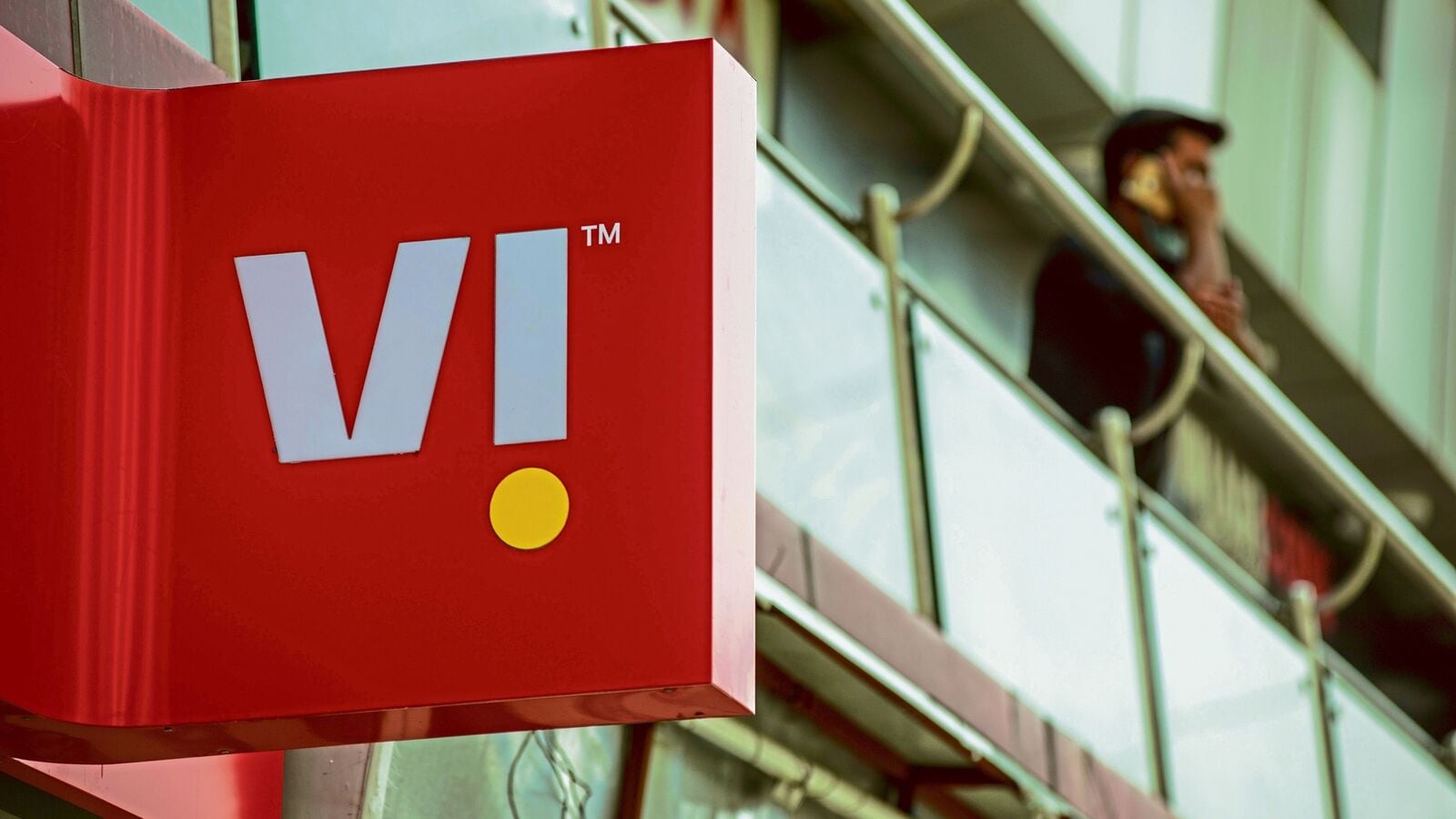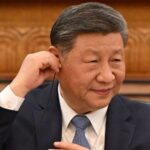On Saturday, the government converted ₹36,950 crore overdue spectrum charges from Vodafone Idea Ltd into equity, becoming the biggest shareholder in India’s third-largest telecom operator with a 49% stake. The original promoters of Vi, Aditya Birla group and British telecom company Vodafone Plc., will own a 25.7% minority stake but will continue to be classified as its promoters.
The government’s move not only saves Vodafone Idea from being branded a defaulter but also affirms the government’s commitment to keep Vi a going concern.
Since January, Vi had lost 31% of its share value as investors had expected either a payment moratorium or surrender of spectrum, which, respectively, would only have either postponed or aggravated the company’s problems. On Tuesday, Vi’s shares hit the upper circuit breaker, moving up 10% in early trade, indicating bullish overtures. (India’s stock markets were closed on Monday on account of Eid.)
The moot question now is if the government’s bigger commitment can pull Vi out of the woods and make it a viable alternative to Reliance Jio and Bharti Airtel.
Also read | Vodafone Idea’s 5G rollout comes with a side of satellite internet FOMO
But even after foregoing the spectrum payment, Vi’s fortunes will remain precarious. Its operating profit falls short of its interest payments, and after depreciation the company continues to report net losses each quarter. It still has a debt of ₹1,72,900 crore in its books, which includes spectrum-related dues of ₹75,000 crore. The next instalment will be due in 12 months.
To be able to pay its dues, Vodafone Idea has but a few options. Its promoters could bring in additional capital like they did through 2024 and 2025 (Vodafone Plc. invested $222 million, or about ₹1,980 crore, in January through a preferential allotment). And Vodafone would need to grow its revenue by increasing its total number of subscribers and its average revenue per user (Arpu).
Brokerage Ambit Capital in a recent report said that for Vodafone Idea to be viable on its own, it would need an Arpu of ₹300. The company’s Arpu currently stands at about ₹172.
Increasing Arpu will be tough. Though telecom tariffs in India are among the lowest in the world, the industry saw no tariff hike between November 2021 and July 2024.
Also read | Starlink, Airtel and Jio: A trifecta to transform India’s digital future
The hike catalysts
When the government first invested in Vi in March 2023, its intention was two-fold. It reckoned that writing off over ₹2 trillion of dues from Vi would set off a political controversy.
The government also did not want India’s huge telecom market to be controlled by a duopoly, as that would have depressed prices for spectrum—one of the biggest sources of revenue for the department of telecommunications.
The industry assumption then was that Vi would collapse under the weight of its debt, post which Airtel and Jio would snap up its customers and effect tariff increases. That was not to be. When the government took a stake in Vi it established clearly that it wanted the country to be a three-player telecom market.
But India’s subsequent auction for 5G spectrum meant more capital expenditure for existing players, which saw Jio finally initiate a tariff increase in July 2024. Jio increased the tariff on its most popular post-paid plan by nearly 50%, while Airtel and Vi took 25% hikes across the board on their plans.
Also read | Spam calls: Vodafone Idea, Jio, Airtel tap vendors for caller ID service
Analysts expect Indian telecom operators will now be able to increase tariffs more regularly due to a few specific reasons.
In 2008-09, the domestic telecom’s expenditure was at 2% of India’s GDP, but it dropped to 0.74% after the launch of Jio in 2017-18. Analysts expect this to increase to 1.4% of India’s GDP in FY34, which would require secular tariff increases till then.
Analysts also expect players like Jio, which is likely to make its initial public offering shortly, to bolster its financials. Jio’s profitability compares poorly with Airtel, as does its cash flow, given the Reliance company’s higher debt owing to recent big investments for its 5G services.
Besides, while India’s telecom operators may have refrained from implementing rampant increases for fear of being branded anti-consumer by the government, they may not have to worry about that now. With the government deeply invested in Vi, both by way of equity ownership and spectrum-related dues of over ₹1 trillion, it will be one of the biggest gainers of any telecom tariff hike.
Also read | Adani mulls surrender of 5G spectrum after more than 2 years of purchase
#govts #Vodafone #Idea #stake #hasten #telecom #tariff #hikes



